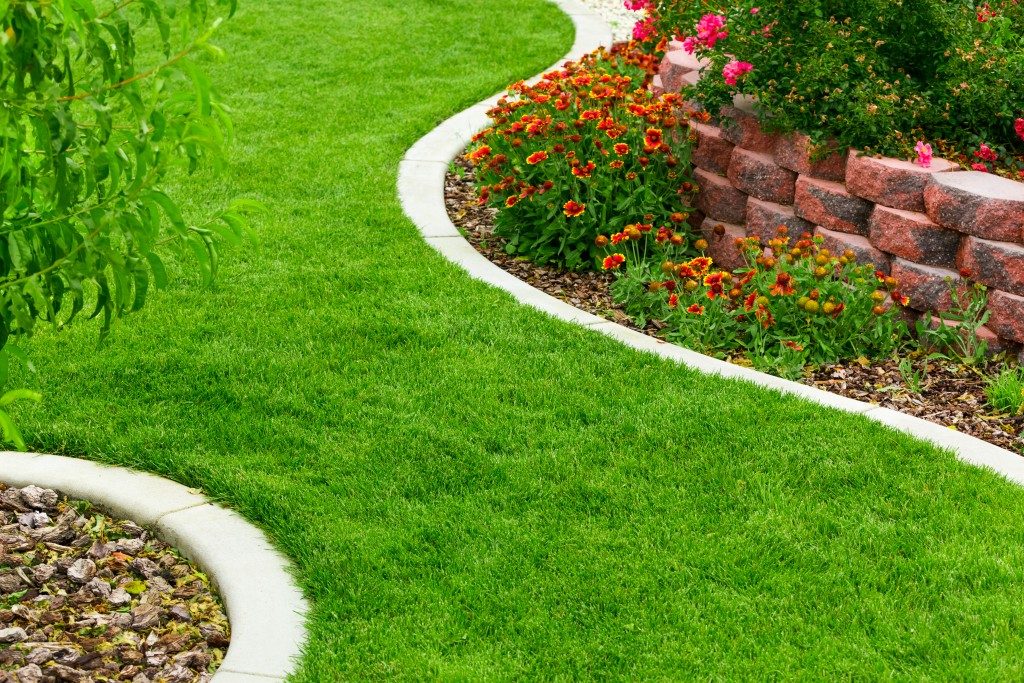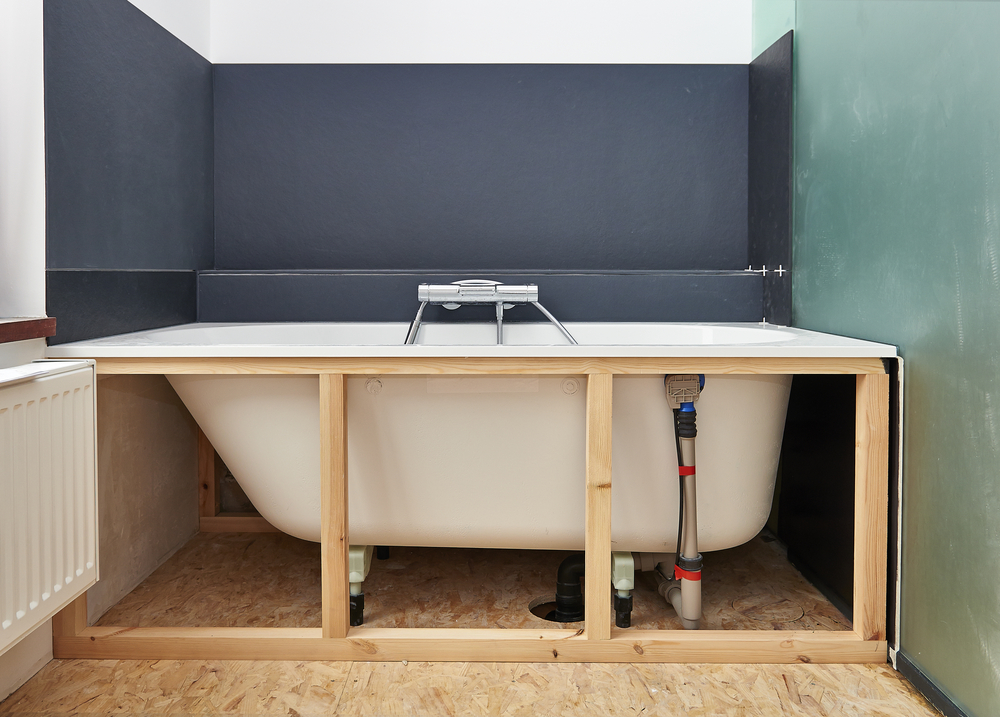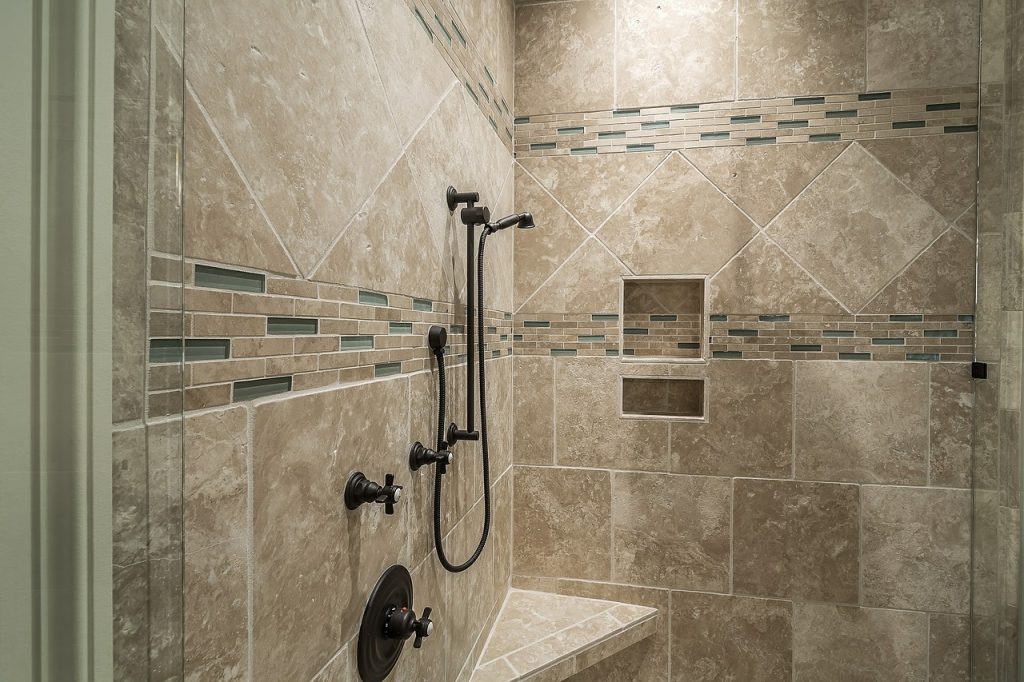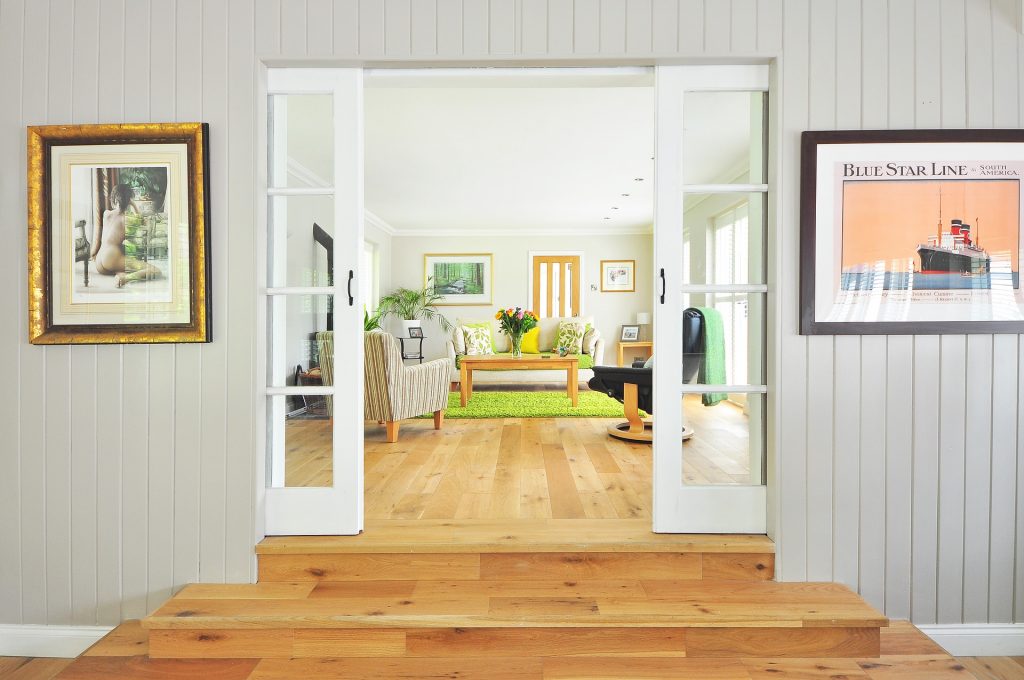As much as good landscaping looks beautifully effortless, pulling it off takes so much effort. In fact, there’s a whole lot of principles experts follow to create a visually appealing landscape design. Now, you don’t have to be a professional landscape architect just so you can have a decent-looking space.
The key is to just pick up the general idea of the principles. This should be enough to guide you in bringing out the aesthetic potential of the outdoor area. That said, here are the principles of landscape design to keep in mind when doing this creative project:
Balance
Balance simply refers to the equal distribution of visual weight of aesthetic elements in the space. When there’s a sense of balance, the brain is able to understand and process easily what your eyes are seeing, prompting you to interpret the space as beautiful.
You probably are well aware of that one type of balance: symmetrical balance. This principle simply refers to mirroring identical elements on each side of a central axis. The classic example of this is the defining feature in contemporary formal gardens, like a water feature in the middle and then similar-looking hedges on each side of it.
Emphasis
Every well-designed garden has something to highlight. In other words, there’s always a focal point. A focal point is where your eyes usually land in once you enter an area. For instance, in the living room, it’s the window with the view or the fireplace. In outdoor rooms, it can be a large tree or the mini cottage.
For homeowners who have expansive spaces, a luxury greenhouse is often the focal point. It’s an ideal centerpiece since it’s visually interesting, at the same time, it creates the fresh, airy atmosphere in the space. Regardless of the focal point you’ll pick, let that element dictate how the other design details would be arranged.
Rhythm

In music, rhythm is what keeps the song going. In design, it’s what keeps your eyes move throughout the space. One way you can introduce rhythm in the outdoor area is through repetition. For instance, you can have one defining color that’s replicated in the area.
You can apply that hue in the plants, furniture, paving, or outdoor shades you choose. You can also repeat patterns. Formal gardens, for instance, often have recurring half-circle shapes everywhere you look. Rhythm enhances the visual appeal of an outdoor area because you’re able to pick up similar elements that make the space more familiar to you.
Proportion
This refers to the size of a design element, compared with the other details. You have to be discerning as to how big or small a plant size or the areas of plantings are in relation to the neighboring elements in the space. The general rule here is to scale down elements when you have a small space, dedicating more room for the main design piece, and then have larger elements when you have a more expansive space to cover.
The key to a good landscaping is to follow the principles of design. If you’re thinking about revamping your outdoor area, remember these concepts to pull off a better visual appeal.




